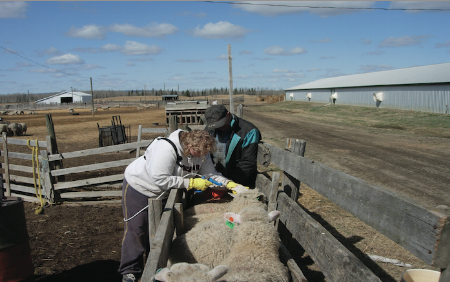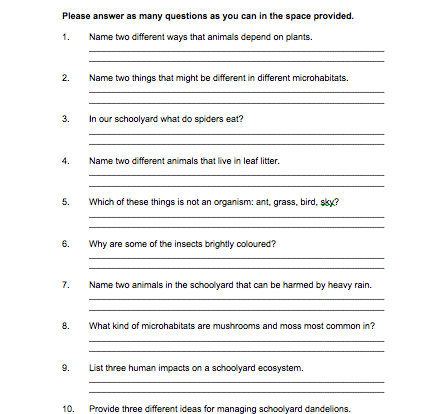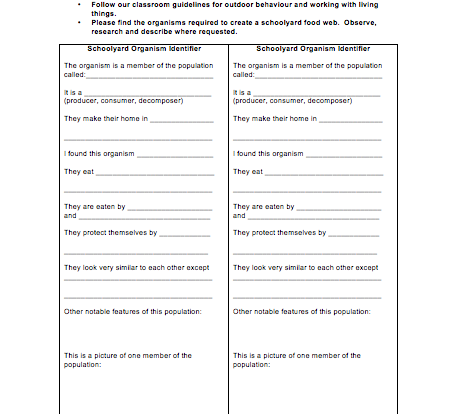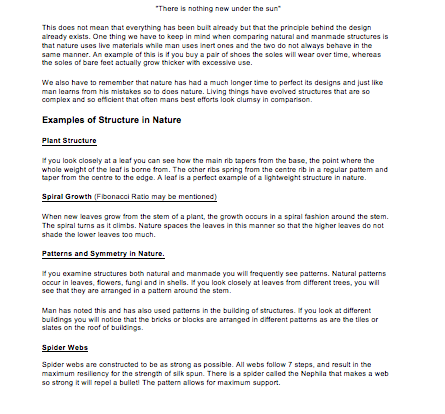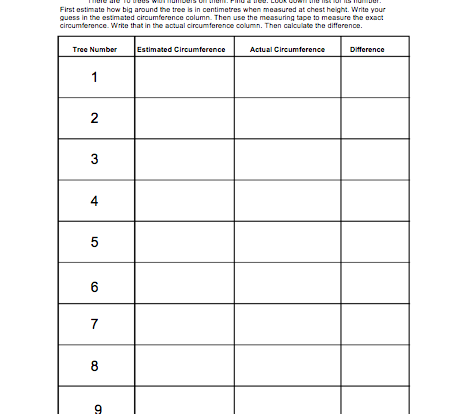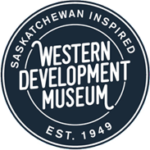-
Many in agriculture know someone whose life has been affected by a farm-related injury or death. The statistics are sobering. Even more tragic is that these incidents could have been prevented with a few simple safety precautions. That’s why the Progressive Agriculture Foundation® is on a crusade to bring safety and health information to the farming communities who desperately need it. The mission of the Progressive Agriculture Safety Days is simple – to provide education and training to make farm and ranch life safer and healthier for children and their communities.
At the heart of this effort is the Progressive Agriculture Safety Day® program. This educational program provides training and resources for local communities to conduct one-day safety and health programs. Safety Days are designed to be age-appropriate, hands-on, fun, and safe for children.
To learn more visit: https://www.progressiveag.org/
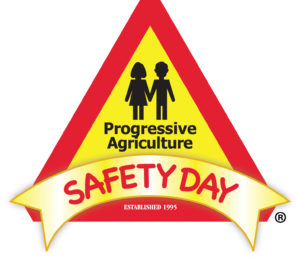
-
Use this quiz to test student knowledge on schoolyard ecosystems.
Wrap up: Discuss the correct answers with students.
-
Students must choose 4 organisms found in the schoolyard and answer questions (ie: are they a producer, consumer, or decomposer?). This activity can be a research based assignment or to quiz them on organisms discussed in class. Wrap up: Students share their favorite organism with the class, discuss a particular answer, etc.
-
What is a structure? Where did humans get many of their building ideas? Man observes nature, and many of our structures are based on things we see in our gardens, our woods, and even in animals and their homes! In this activity, students will be challenged to look at a garden in terms of human structure, and compare what they see in nature to what they see around them. Wrap up: Discuss students’ variety of answers.
-
Students exercise their abilities in estimating and calculating circumference and subtraction. Teachers number 10 trees within the schoolyard and students then go outside to find each tree (1-10). First the students estimate each circumference, measure each circumference, and then find the difference between their estimation and actual circumference. Wrap up: Compare numbers, discuss which students had the closest guesses, etc.

